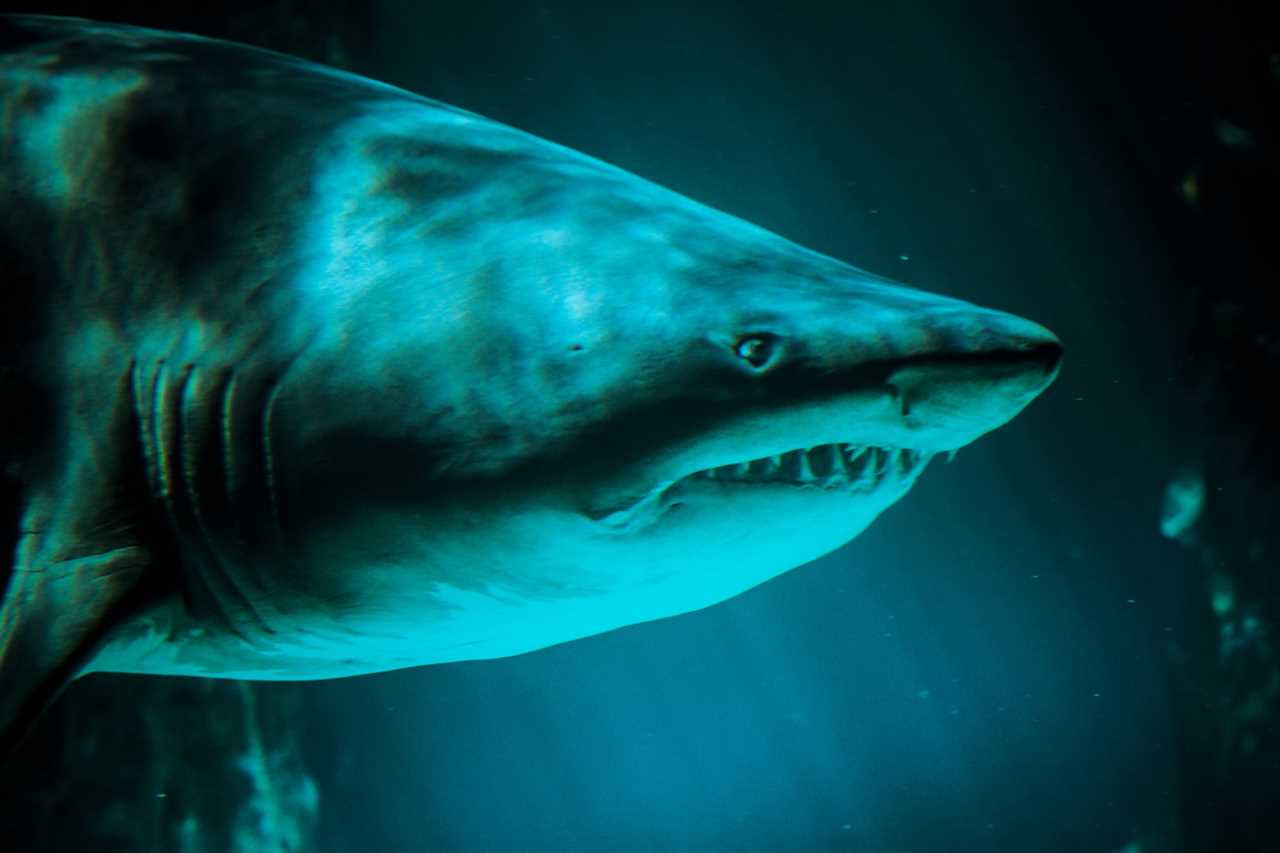
The ocean depths conceal a mesmerizing world of marine life, often shrouded in shark myths and misconceptions. From the silver screen’s portrayal of bloodthirsty killers to whispered tales of man-eaters, sharks have long been misunderstood creatures. It’s time to dive deeper and debunk these shark myths, revealing the true nature of these magnificent predators. They are not the monsters we’ve been led to believe.
1. All Sharks Are Man-Eaters
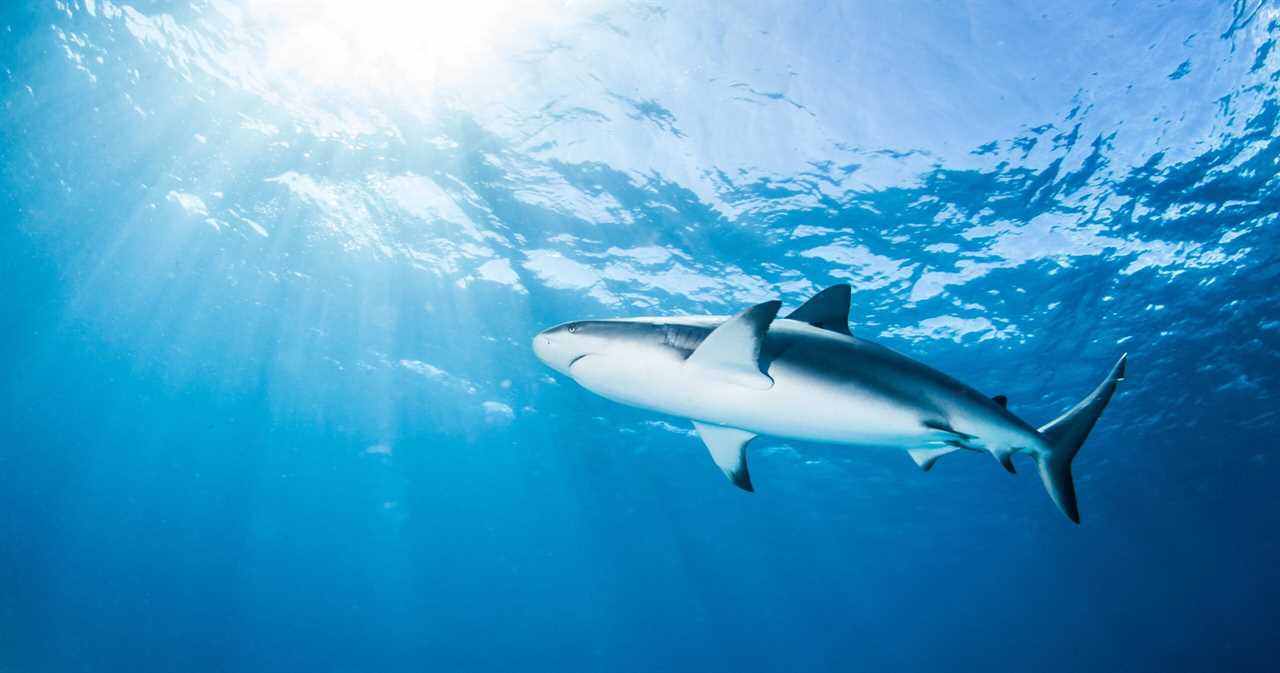
One of the most pervasive shark myths is that all sharks actively hunt humans. In reality, shark attacks are rare events, often the result of mistaken identity. Sharks primarily feed on fish, seals, and other marine life. They generally avoid humans, and when attacks do occur, it’s usually due to a case of mistaken identity or territorial defense. For example, a surfer paddling on a board might resemble a seal from below, triggering a shark’s predatory instincts.
However, it’s important to note that not all shark species pose a threat to humans. Many sharks are harmless filter feeders, like the whale shark and basking shark, which consume plankton and small fish. Understanding the dietary preferences of different shark species is crucial in dispelling shark attack myths.
2. Sharks Are Mindless Killing Machines
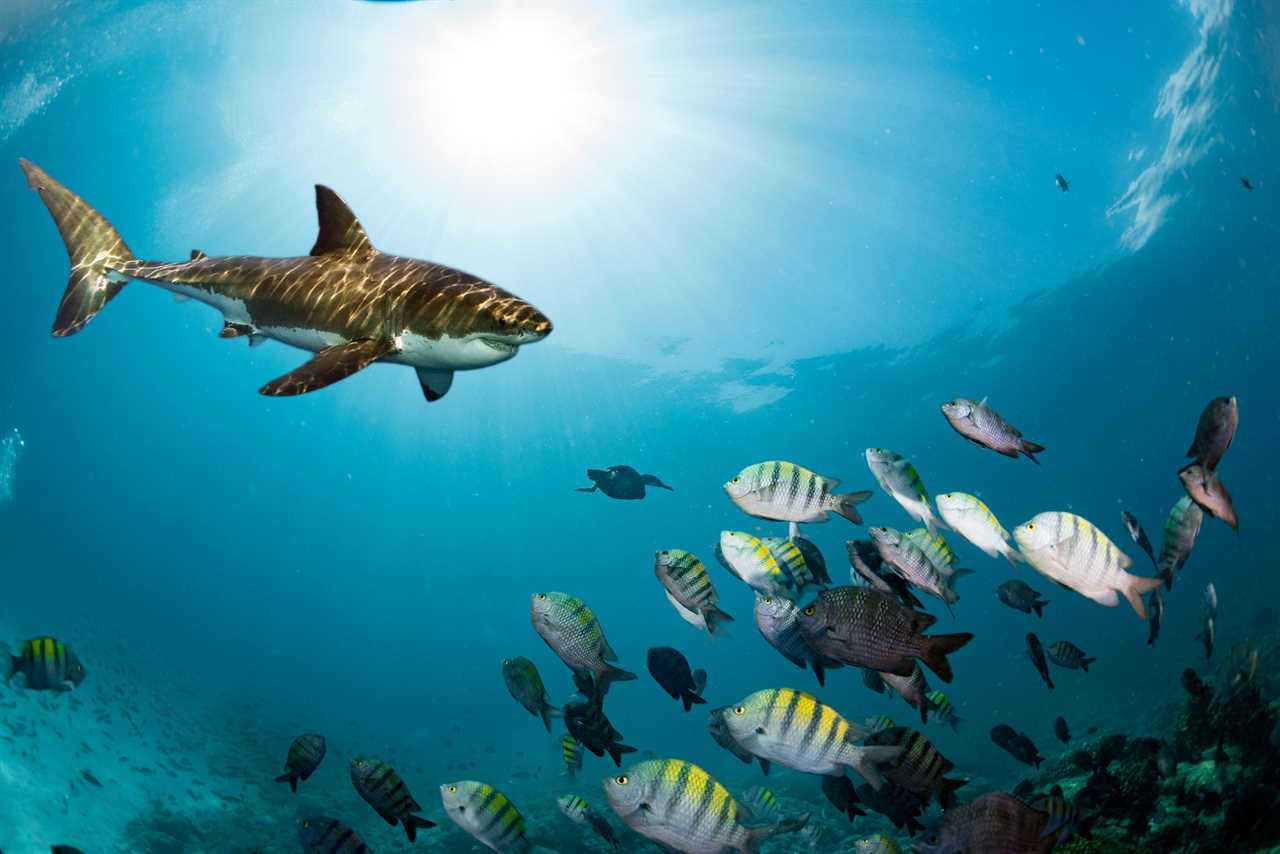
Shark myths often depict them as mindless killing machines, but these creatures are incredibly intelligent and possess complex social structures. They navigate vast distances, communicate with each other, and even exhibit curiosity towards unfamiliar objects. Some species, like hammerhead sharks, have been observed using tools to hunt prey.
While they are apex predators, their hunting strategies are honed by millions of years of evolution, not bloodlust. Sharks play a vital role in maintaining the balance of marine ecosystems, controlling populations of prey species, and ensuring the health of coral reefs and other habitats.
3. Sharks Can Smell a Drop of Blood from Miles Away
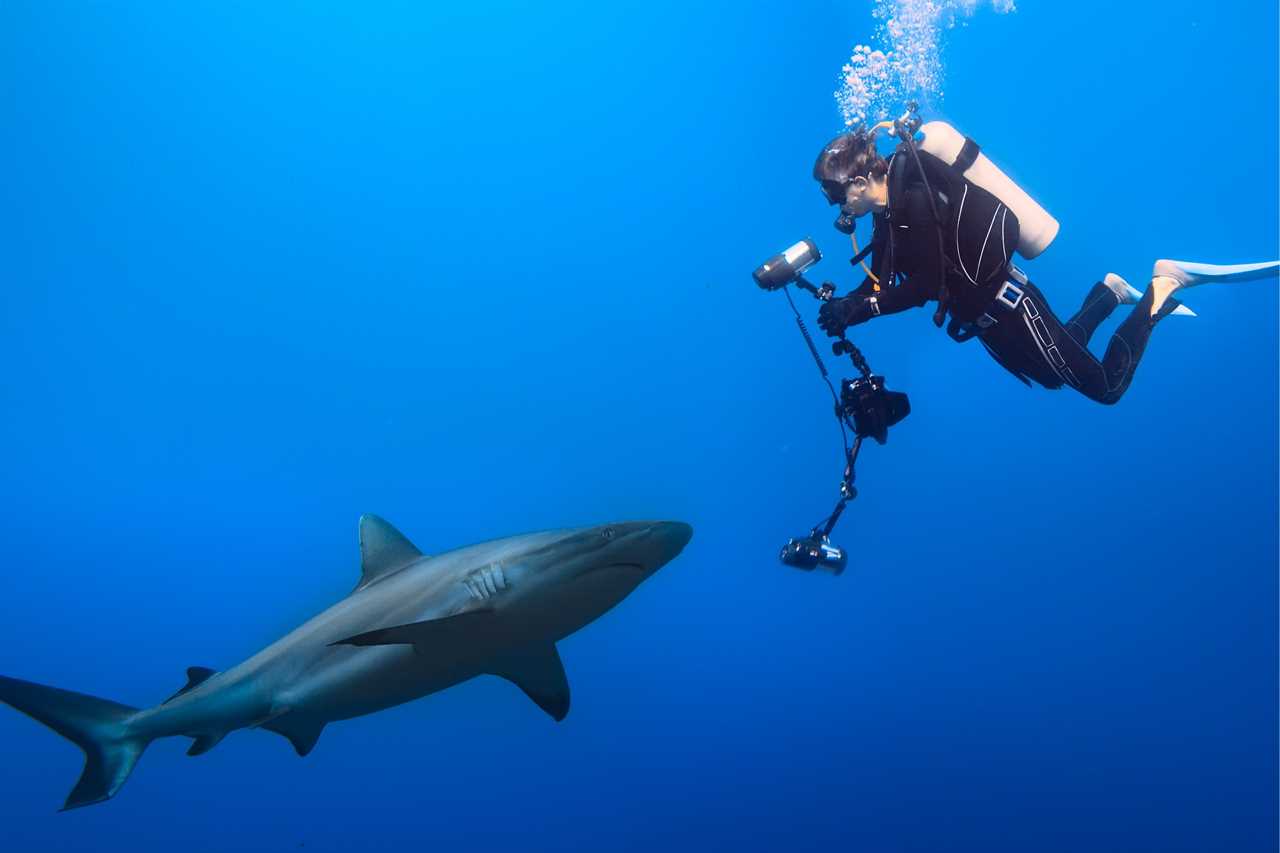
The truth about sharks’ sense of smell is more nuanced than shark myths suggest. While they do have an exceptional olfactory system, their ability to detect blood is dependent on various factors, including water currents and the concentration of the scent. They can detect blood from hundreds of meters away, not miles.
Furthermore, sharks don’t solely rely on their sense of smell to locate prey. They also use their keen eyesight, electroreception (the ability to sense electrical fields), and lateral line (a sensory system that detects vibrations in the water) to navigate and hunt. Understanding the full range of shark senses helps to debunk shark misconceptions about their hunting abilities.
4. Great White Sharks Are the Most Dangerous Sharks
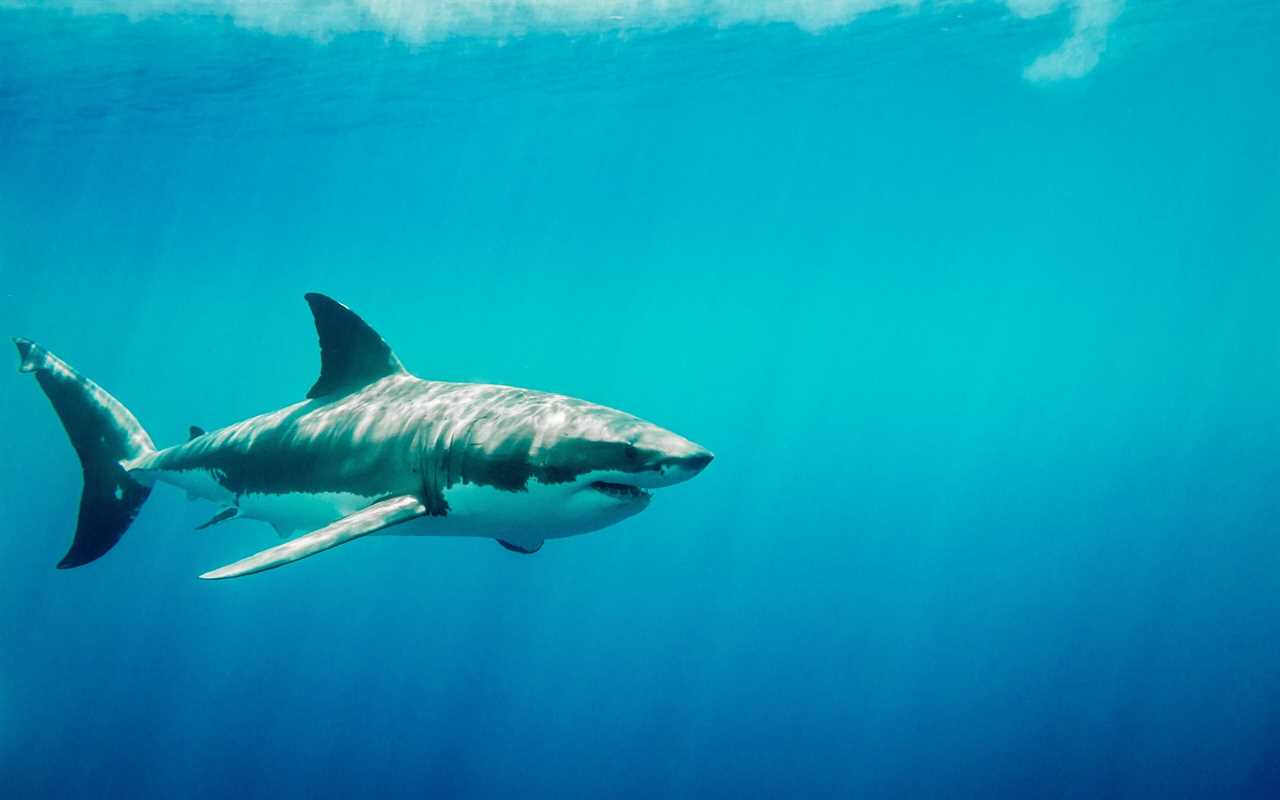
While great white sharks are undoubtedly powerful predators and among the most misunderstood animals on the planet, they are not the sole source of shark attack myths. Bull sharks and tiger sharks are also known to be aggressive and territorial, posing a greater risk to humans in certain environments. It’s essential to respect all shark species and understand their unique behaviors.
Bull sharks, for instance, are known to inhabit both saltwater and freshwater environments, increasing the potential for encounters with humans. Tiger sharks, with their powerful jaws and indiscriminate feeding habits, have also been involved in numerous attacks. However, it’s important to remember that shark attacks are still relatively rare, and most sharks pose no threat to humans.
5. Sharks Must Swim Constantly to Survive
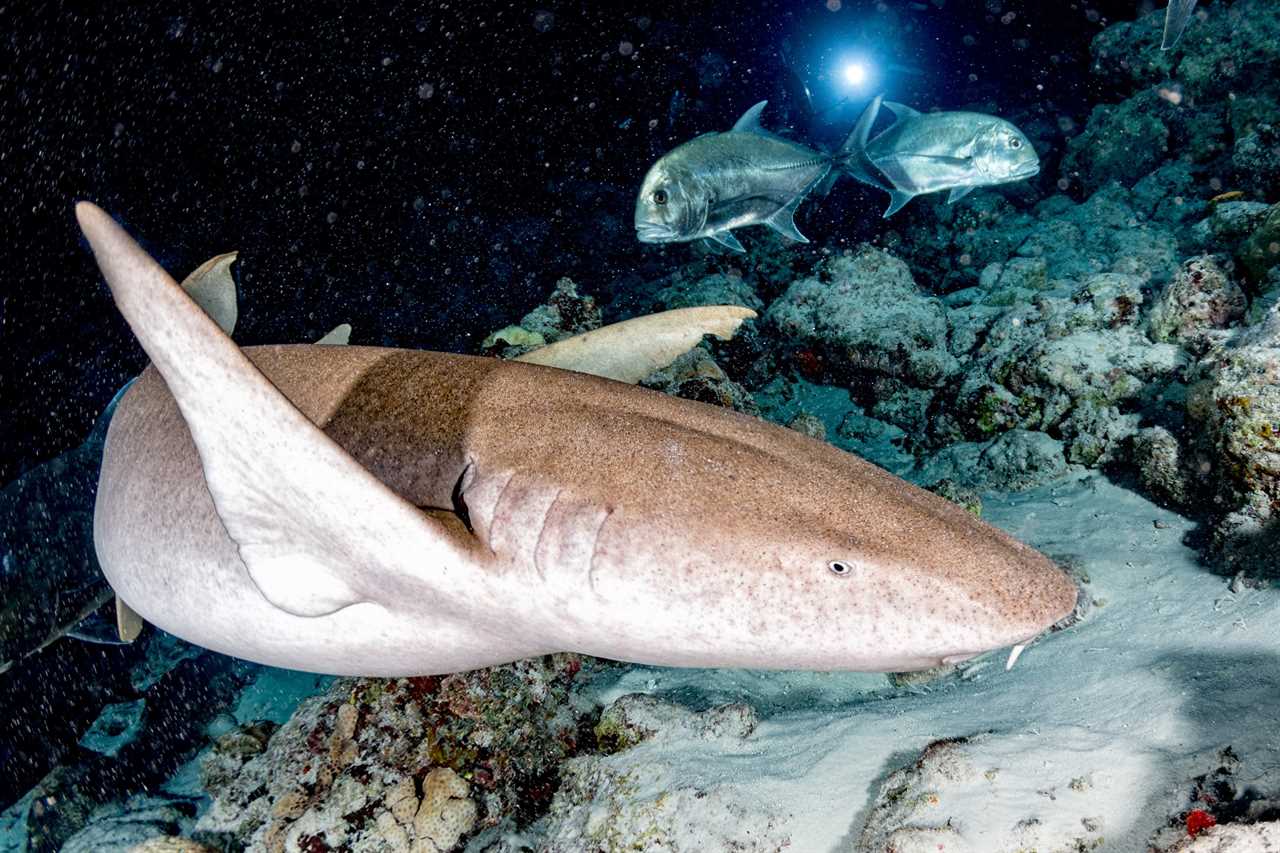
Contrary to popular shark myths, not all sharks need to swim continuously to breathe. Some species, like nurse sharks and angel sharks, have evolved to pump water over their gills while resting on the ocean floor. These sharks are often found in shallow waters, resting on the seabed during the day and becoming more active at night.
However, many pelagic sharks, like the great white, must swim to maintain oxygen flow. This is because they lack a specialized respiratory system that allows them to pump water over their gills while stationary. Understanding the diverse respiratory adaptations of sharks helps to dispel shark myths about their constant movement.
6. Sharks Are Immune to Cancer

Shark myths have perpetuated the idea that sharks are immune to cancer, leading to a harmful market for shark cartilage. This myth has fueled the demand for shark products, contributing to overfishing and the decline of shark populations worldwide.
While sharks do have robust immune systems, they are not immune to cancer. Research has shown that various shark species can develop tumors, debunking this dangerous myth. It’s crucial to rely on scientific evidence and avoid misinformation when considering the potential health benefits of shark products.
7. Sharks Have Endless Rows of Teeth
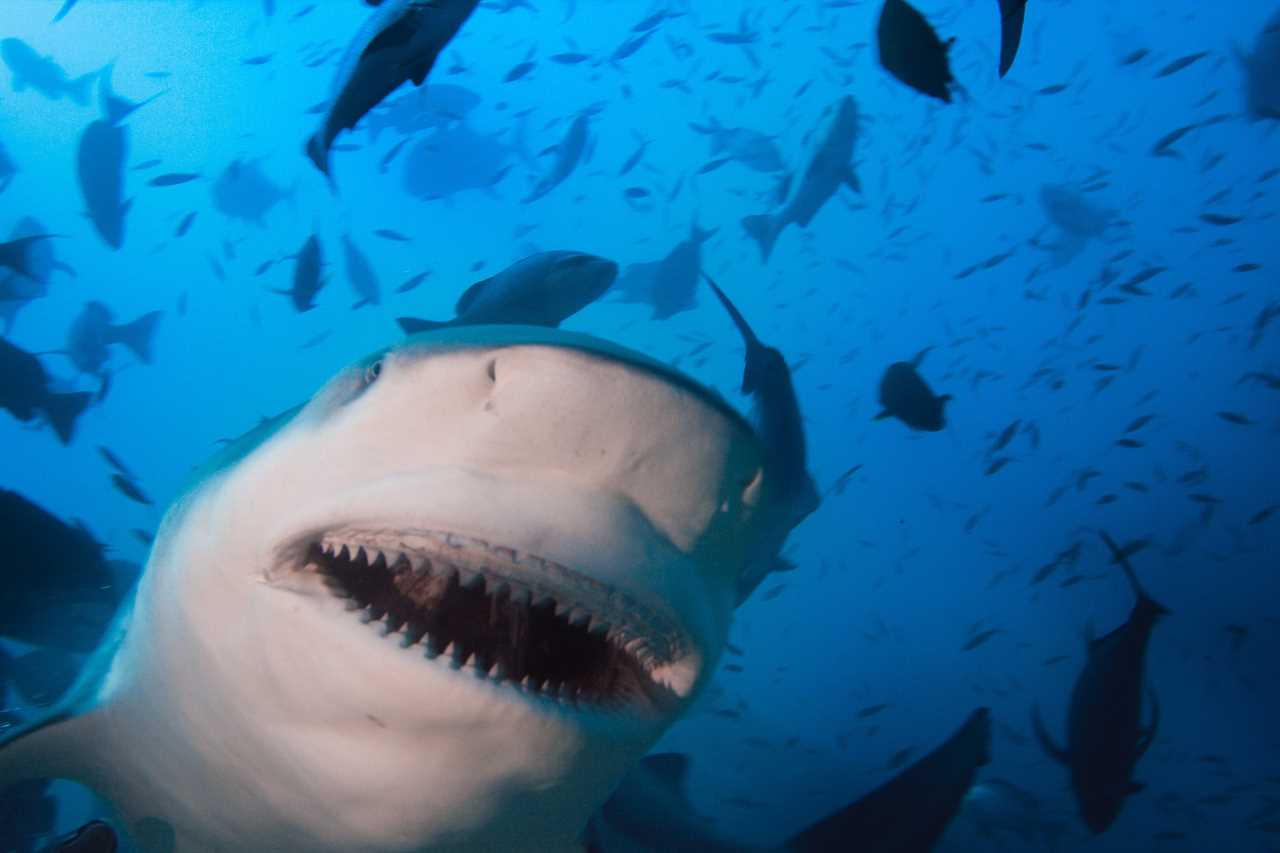
Sharks do have an impressive array of teeth, but it’s not endless. Throughout their lives, they shed and replace teeth continuously. Some species have multiple rows of teeth, while others have a single row. This dental adaptation allows them to effectively capture and consume prey.
For example, great white sharks have serrated teeth that act like a saw, while mako sharks have pointed teeth ideal for grasping slippery fish. The continuous replacement of teeth ensures that sharks always have a sharp set of tools for hunting, further dispelling shark myths about their dental anatomy.
8. All Sharks Are Large and Powerful Predators
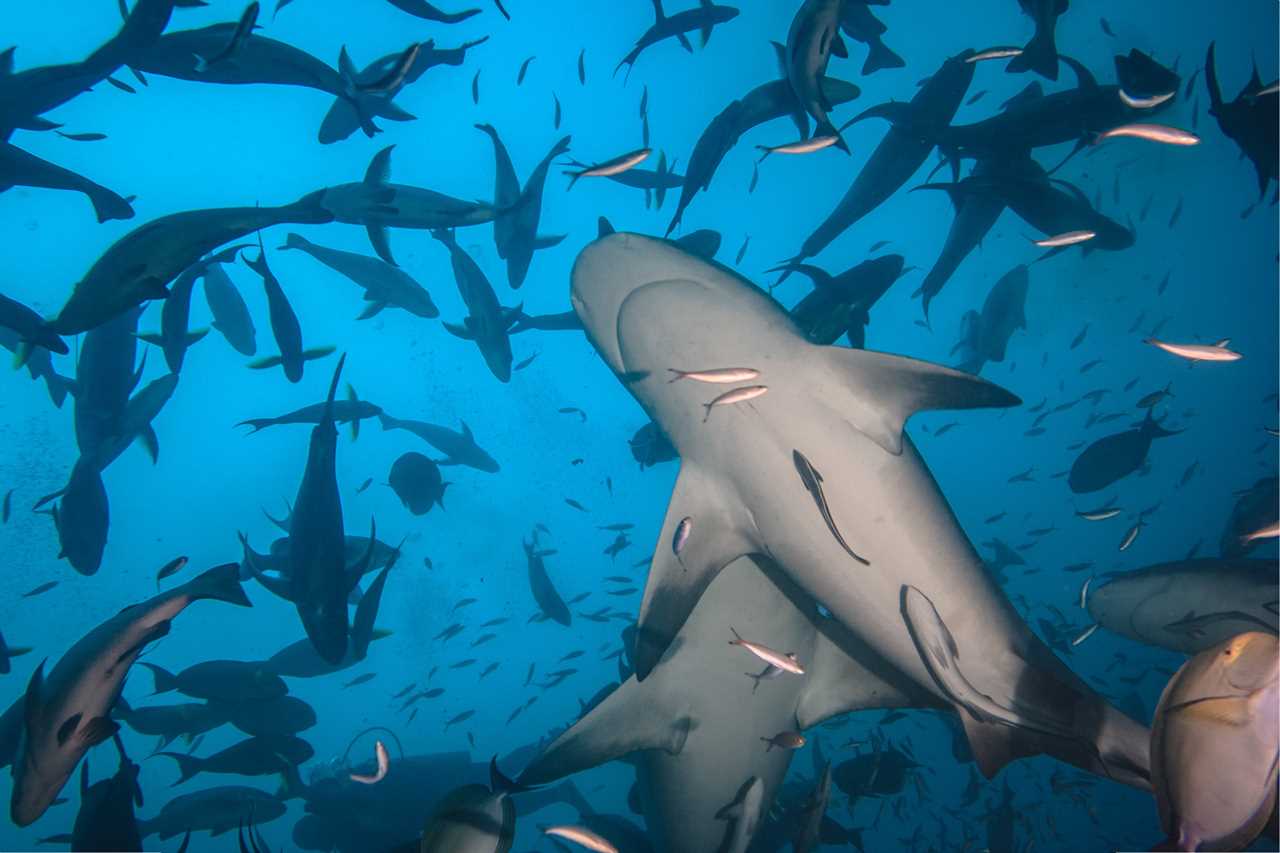
Shark myths often focus on large, predatory species, but the shark family is incredibly diverse. There are over 500 known shark species, ranging in size from the tiny dwarf lanternshark to the massive whale shark. Many sharks are harmless filter feeders, playing a crucial role in maintaining healthy ocean ecosystems.
The whale shark, the largest fish in the world, feeds on plankton and small fish by filtering vast amounts of water through its gills. This gentle giant poses no threat to humans and is a popular attraction for ecotourism. Understanding the diversity of shark species helps to dispel shark myths and appreciate their unique roles in the marine environment.
9. Sharks Are Solitary Creatures
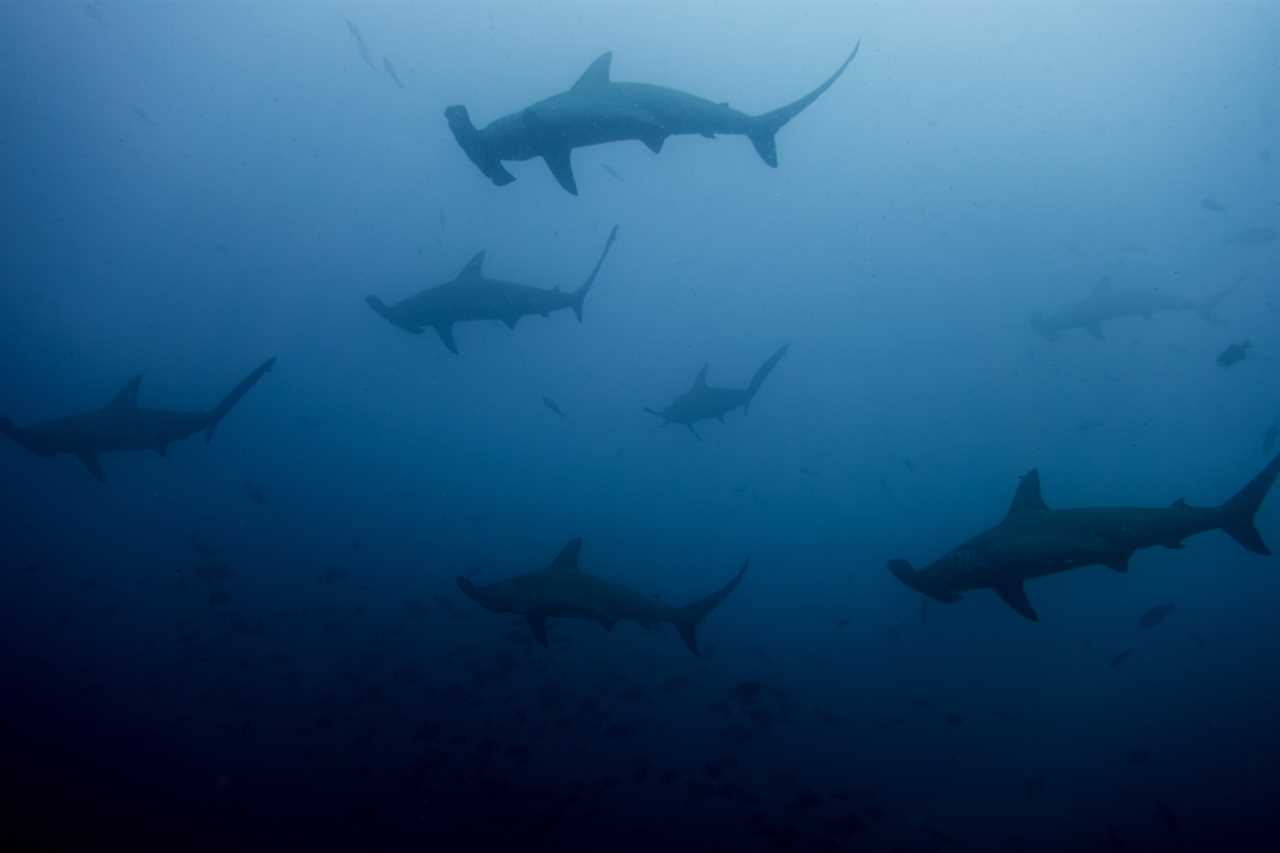
While some sharks are solitary hunters, many species exhibit complex social behaviors. They form schools, establish hierarchies, and even engage in courtship rituals. Some species, like hammerhead sharks, gather in large schools for protection and hunting efficiency.
Research has shown that some shark species have individual personalities and preferences, further debunking the myth of solitary behavior. Understanding the social dynamics of sharks provides valuable insights into their ecology and behavior.
10. Sharks Are Always Hungry and Aggressive
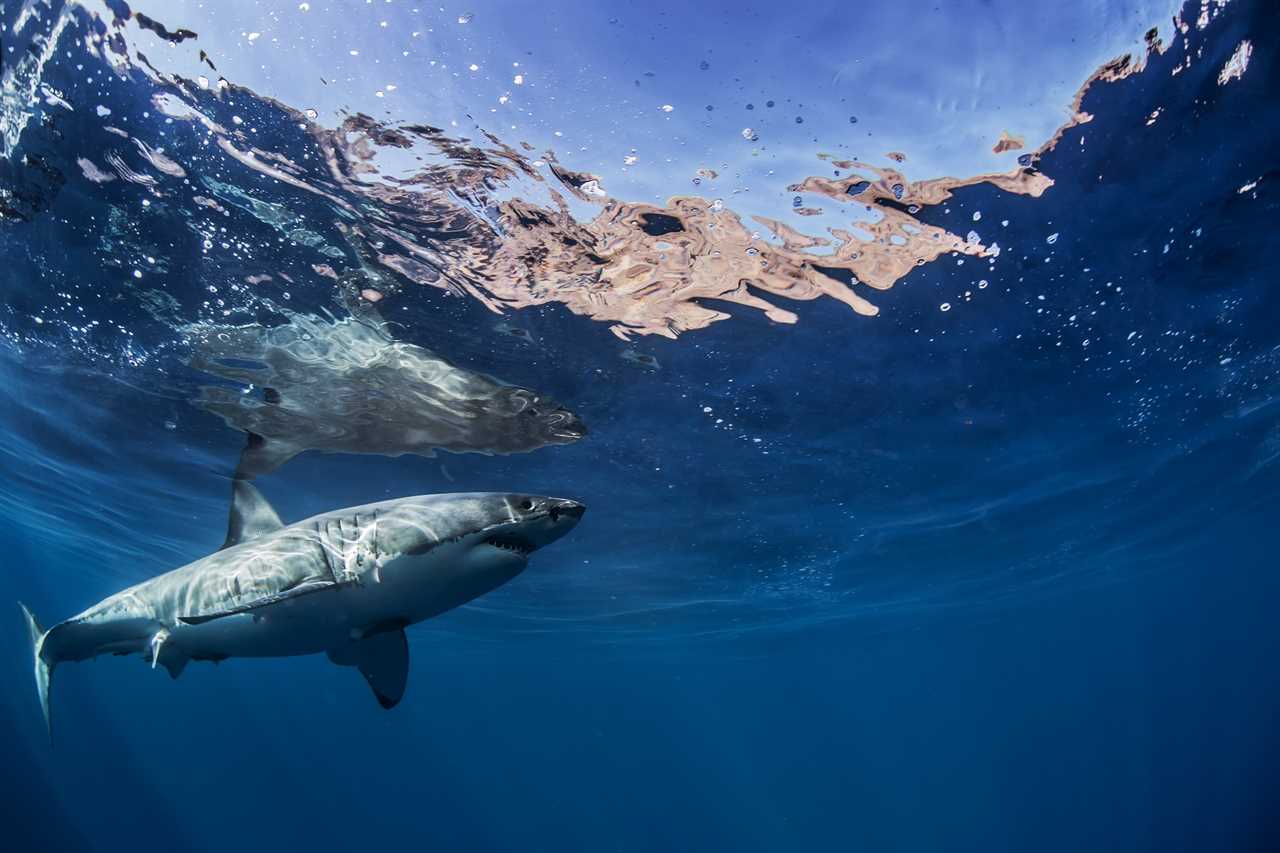
Shark myths often portray sharks as perpetually hungry and aggressive, but their feeding patterns are influenced by various factors, including prey availability, environmental conditions, and reproductive cycles. Like any animal, they experience periods of rest and satiation.
In fact, some sharks, like the nurse shark, are known for their docile nature and are often encountered by divers without incident. Recognizing that sharks are not constantly on the hunt helps to dispel common misconceptions about sharks and their behavior.
11. Sharks Are Ancient, Primitive Creatures

Sharks have existed for over 400 million years, predating dinosaurs. However, they are not primitive creatures. They have evolved remarkable adaptations, including highly specialized senses, streamlined bodies, and efficient swimming mechanisms, making them perfectly suited for their ecological niches.
Their ability to adapt and thrive in diverse environments is a testament to their evolutionary success. By understanding the complex biology and behavior of sharks, we can dispel shark myths and appreciate their remarkable resilience.
12. Sharks Are a Threat to the Ocean’s Health
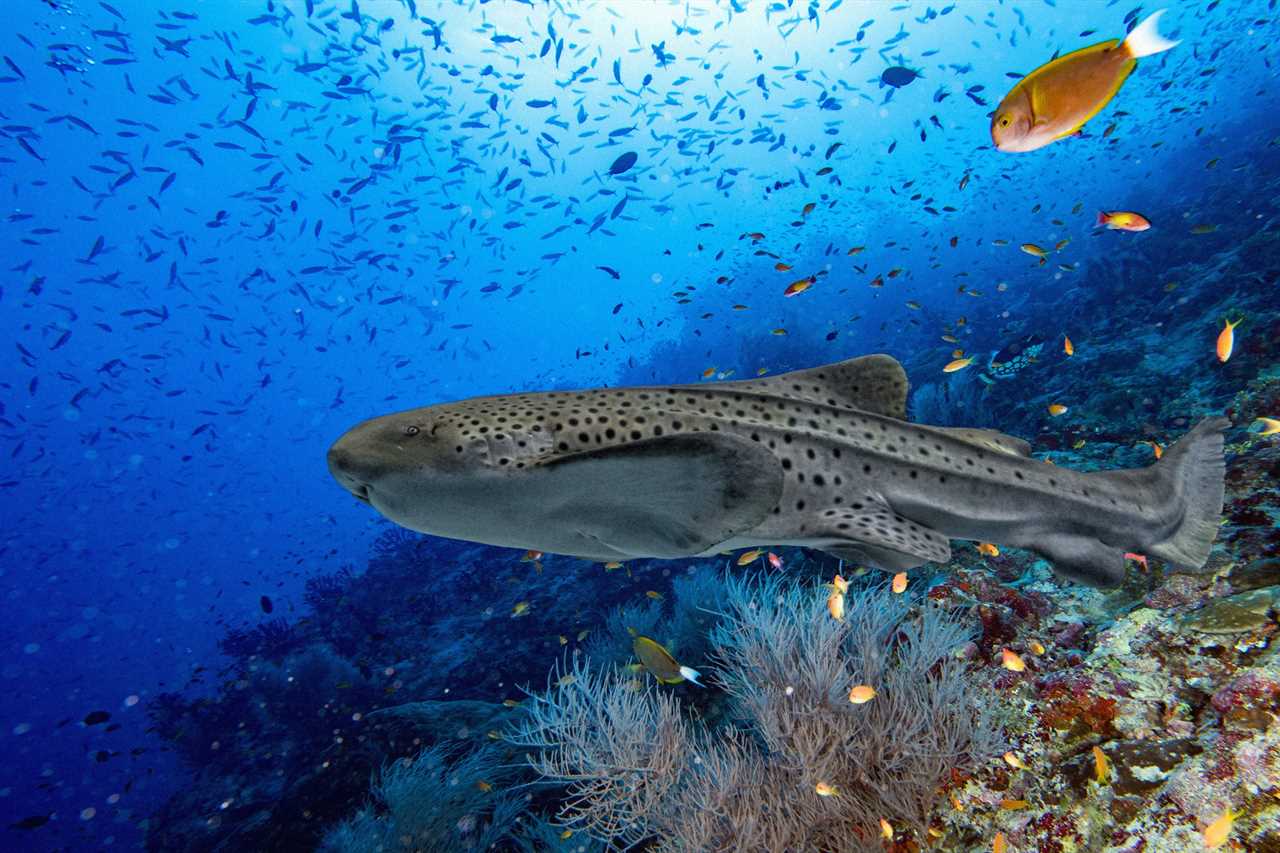
In reality, sharks are essential to maintaining the delicate balance of marine ecosystems. As apex predators, they regulate populations of prey species, ensuring the overall health of coral reefs, kelp forests, and other vital habitats. Removing sharks from the ocean would have a cascading effect, disrupting food webs and leading to the decline of other marine life.
Sharks are not the villains they are often portrayed to be. They are keystone species, playing a crucial role in maintaining the biodiversity and resilience of our oceans.
The Future of Sharks: Dispelling Myths and Embracing Conservation
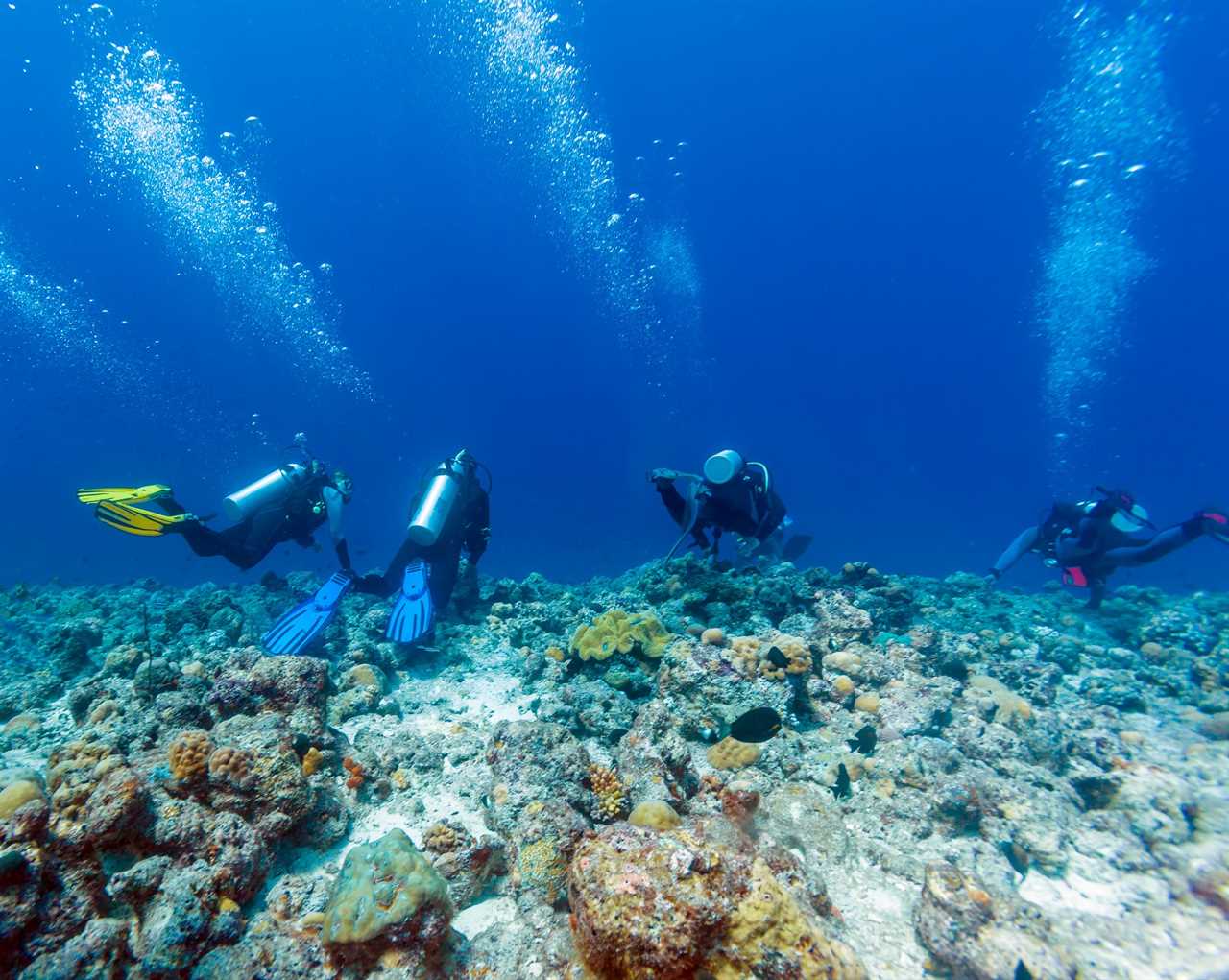
By understanding the truth about sharks, just like how we try to understand our beloved pooches, we can dispel the shark myths that have fueled fear and misunderstanding for centuries. As we learn more about these magnificent creatures, it’s crucial to advocate for their conservation. Supporting sustainable fishing practices, protecting critical habitats, and educating the public about sharks’ vital role in the ocean are essential steps towards ensuring their survival for generations to come. We must challenge the narratives perpetuated by shark myths in movies and popular culture, replacing them with accurate information based on scientific research.
Learn more about these fascinating creatures and join the effort to protect them. Share this article with your friends and family, and together, let’s rewrite the narrative around sharks.
|||-------------------------------------
By: Randell Suba
Title: 12 False Myths About Sharks That Will Change Your Ocean Views
Sourced From: www.dinksfinance.com/2024/06/12-false-myths-about-sharks-that-will-change-your-ocean-views/
Published Date: Wed, 05 Jun 2024 10:45:29 +0000
Did you miss our previous article...
https://coachingbusinessowners.com/funding/10-simple-ways-to-reduce-your-water-bill






